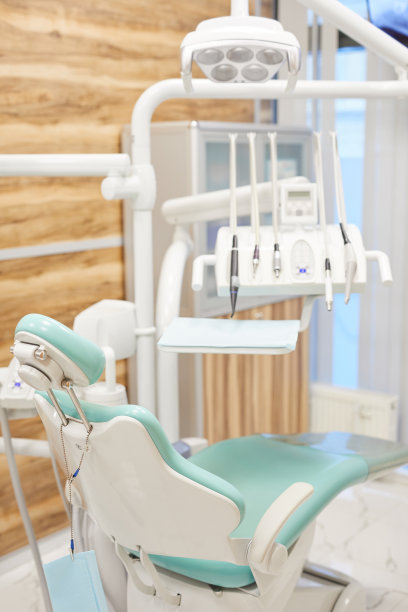Revolutionary Advances in Dental Implants Enhancing Aesthetic Appeal and Functionality for a Confident Smile
Summary: The field of dental implants has undergone revolutionary advances that significantly enhance both aesthetic appeal and functionality, ultimately fostering a more confident smile. This article explores the innovations in implant materials, the integration of digital technologies, advancements in biocompatibility, and their impact on personalized care. Each of these four aspects plays a crucial role in transforming the patient experience, ensuring not only improved aesthetics but also a more efficient function of dental implants. As a result, patients can enjoy the confidence that comes with a beautiful smile and optimal oral health.
1. Innovative Implant Materials Enhancing Appearance

One of the most significant advancements in dental implants is the use of innovative materials that enhance appearance and durability. Traditional titanium implants have been the mainstay for many years; however, modern materials such as zirconia are gaining popularity for their aesthetic properties. Zirconia, a ceramic material, closely resembles natural teeth and provides a visually appealing option for patients concerned about the color of their dental implants.
Moreover, the use of advanced coating techniques, like hydroxyapatite coatings, enhances the osseointegration and aesthetic appearance of implants. This bioactive coating promotes better bonding with the surrounding bone and mimics the natural tooth structure, allowing for a more seamless smile. Patients often report greater satisfaction with both the appearance and longevity of their implants.
Incorporating these new materials not only improves the aesthetic aspect but also contributes to better overall functionality. Patients can enjoy an implant that is not only visually appealing but also more effective in restoring normal chewing and speaking functions.
2. Integration of Digital Technologies in Implantology
The advent of digital technologies has transformed the landscape of dental implants. Techniques such as 3D imaging and computer-aided design and manufacturing (CAD/CAM) enable dental professionals to create precise, custom-fit implants tailored to each patients unique anatomy. This precision significantly reduces the chances of complications during surgeries.
Additionally, digital planning tools allow for enhanced visualization of the implant placement, making it easier for both the dentist and patient to understand the procedure. When patients see a 3D model of how their implants will look once placed, it boosts their confidence and helps set realistic expectations regarding the outcome of their treatment.
Furthermore, the use of guided surgery techniques allows for minimal invasive procedures, reducing recovery time and discomfort. Patients can now enjoy improved results with less intervention, making the entire experience much more comfortable and efficient.
3. Advances in Biocompatibility and Healing
The field of biocompatibility has made remarkable strides, ensuring that dental implants not only integrate well into the body but also promote faster healing. Modern dental implants are designed to be more compatible with the body’s natural tissues, reducing the risk of rejection and complications. Researchers are continuously exploring new materials and surface treatments that facilitate faster osseointegration.
For instance, the introduction of bioactive glass in implant design has shown to enhance healing. This material promotes the growth of bone around the implant and accelerates the healing process, allowing patients to resume normal activities more quickly. The prospect of quicker healing times is especially appealing to individuals with busy lifestyles.
Additionally, advances in growth factor technologies provide added benefits to the healing process. Using growth factors during the implant procedure can stimulate tissue regeneration and overall healing, leading to enhanced outcomes for patients. This natural enhancement not only expedites recovery but also improves long-term success rates of the implants.
4. Personalized Care and Treatment Plans
Personalized care is becoming increasingly important in the realm of dental implants. With recent advances, dentists can now offer tailored treatment plans that cater specifically to the individual needs of each patient. By factoring in patient preferences, medical history, and aesthetic goals, clinicians can create a pathway for success that avoids the one-size-fits-all approach that was common in the past.
These personalized plans often incorporate feedback from patients about their desired outcomes, leading to a collaborative approach that enhances satisfaction. When patients feel involved in the decision-making process, they tend to engage more with their treatment and adhere better, leading to improved results.
Moreover, personalized care extends beyond just the initial treatment. Ongoing monitoring and communication ensure that patients continue to receive the best care possible, further enhancing the success of their dental implants and their overall experience.
Summary:
The advances in dental implant technology are not just limited to aesthetics; they fundamentally enhance functionality and patient experience. From innovative materials and digital technologies to improved biocompatibility and personalized treatment plans, these developments lead to more confident smiles and healthier lives. By embracing these revolutionary changes, both dental professionals and patients can look forward to a bright future in dental care.
This article is compiled by Vickong Dental and the content is for reference only.


